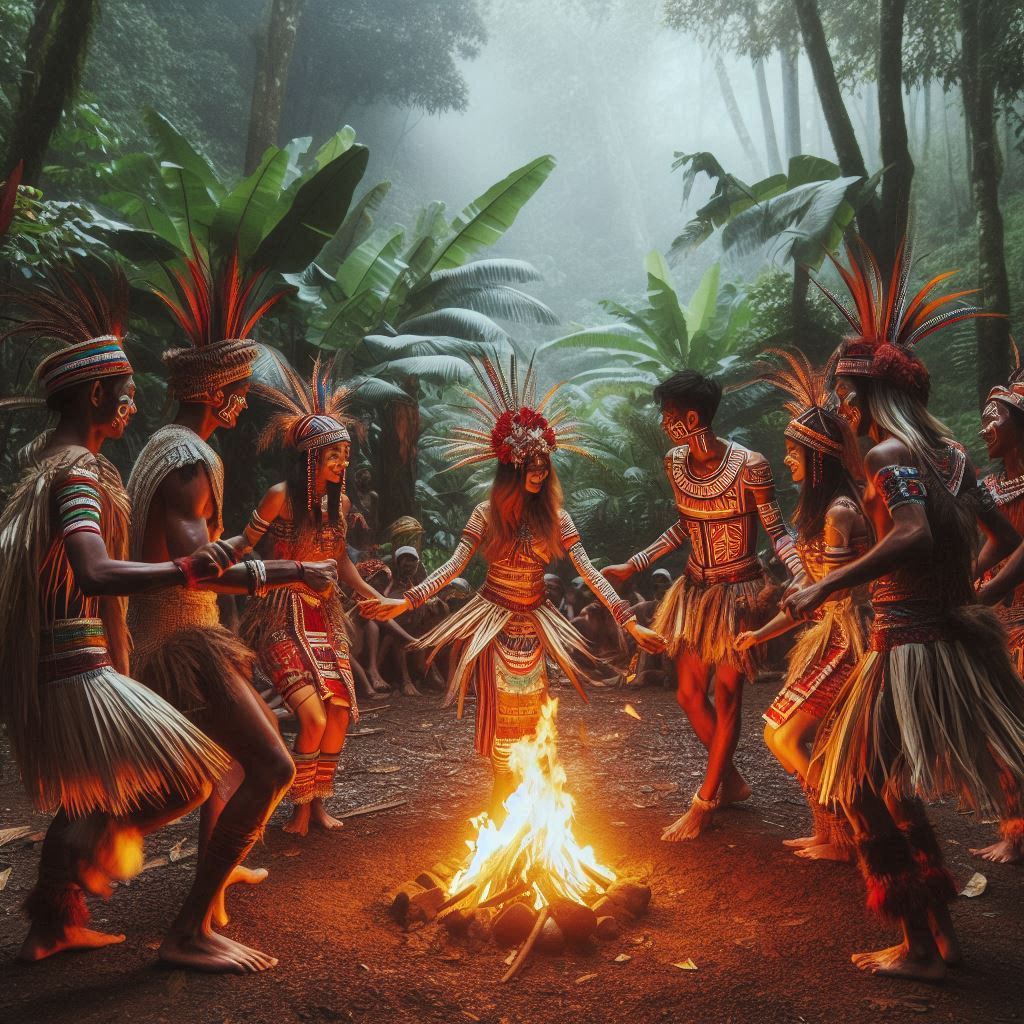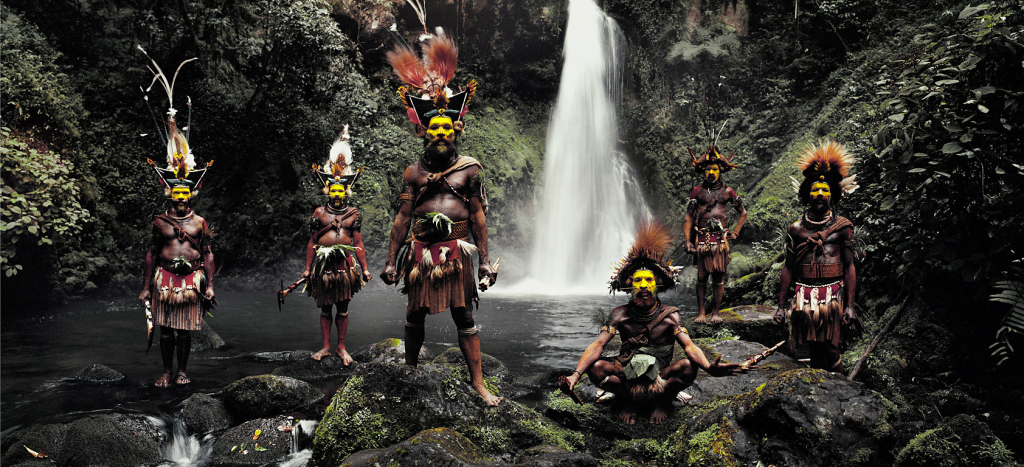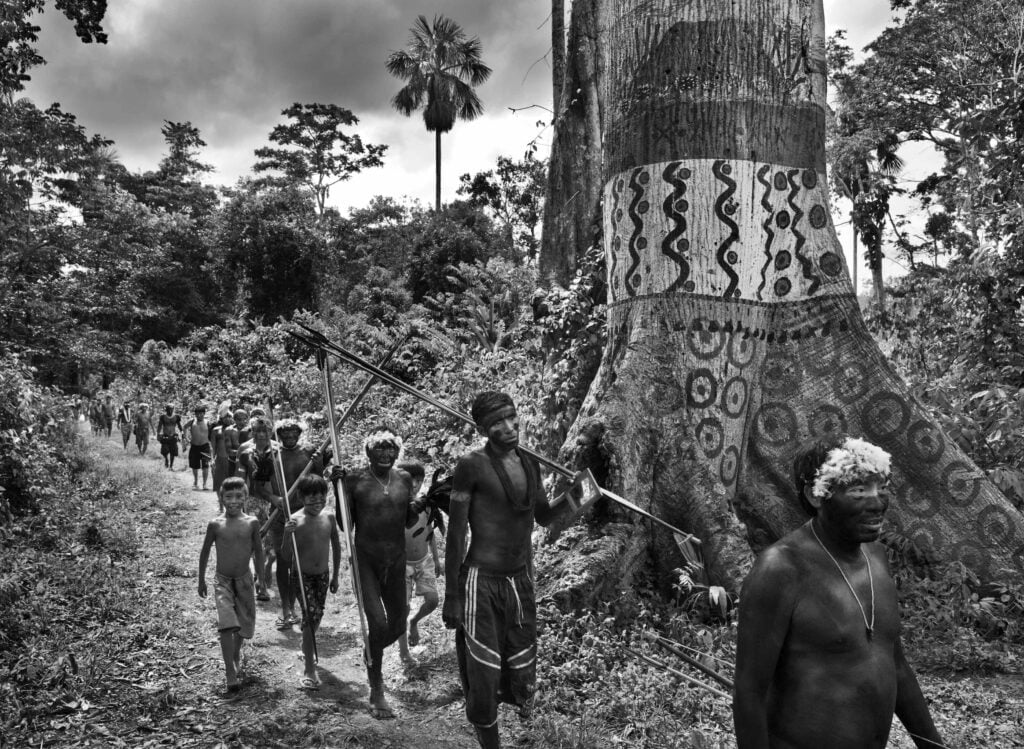
From an anthropological perspective, the term ‘primitive’ tribe refers to indigenous communities that have retained their traditional ways of life over centuries, often in isolation from the broader, modernized world. These tribes offer a unique window into humanity’s past, providing invaluable insights into early human history, cultural evolutions, and the diversity of human societies. The study of these primitive tribes enables anthropologists to trace back the roots of human civilization, examining how ancient cultures have survived and adapted through time.
Primitive tribes are often distinguished by their adherence to ancient customs, languages, and social structures that have remained largely unchanged. These communities typically rely on subsistence strategies such as hunting, gathering, and small-scale farming, utilizing time-honored techniques passed down through generations. Despite the pervasive influence of global modernization, many of these tribes have managed to preserve their distinct cultural identities, guarding their traditions and maintaining their ancestral lands.
The significance of studying primitive tribes extends beyond mere academic interest. These groups embody a living heritage, offering lessons in sustainability, community cohesion, and human resilience. Their traditional ecological knowledge provides critical insights into biodiversity and conservation practices that are increasingly relevant in today’s environmental crises. Moreover, the cultures of these tribes enrich the tapestry of global human diversity, showcasing the myriad ways in which societies can organize, relate, and thrive.
The Sentinelese of North Sentinel Island

The Sentinelese tribe, residing on North Sentinel Island in the Andaman and Nicobar Islands of India, is among the most isolated tribes in the world. This isolation has been preserved for thousands of years due to their strong resistance to outside contact, resulting in minimal knowledge about their history and way of life.
The Sentinelese live a subsistence lifestyle primarily based on hunting, fishing, and gathering. They skillfully craft tools and weapons from natural materials found on the island, such as wood, stone, and bone. Their diet mainly includes fish, wild fruits, and other forest resources. The tribe’s survival skills, honed over generations, enable them to adapt to the unique environment of North Sentinel Island. Their adeptness in navigating their territory, using local flora and fauna, and building shelters from natural resources reflects their profound connection to their surroundings.
The language spoken by the Sentinelese remains largely undeciphered by linguists, largely due to their continuous isolation. This linguistic barrier complicates efforts to understand their culture more fully. Despite various attempts by anthropologists and researchers, meaningful contact with the Sentinelese has proven nearly impossible, as any approach is met with hostility.
Acknowledging the Sentinelese tribe’s wish to remain isolated, the Indian government has enforced strict measures to protect their territory. Unauthorized entry to North Sentinel Island is prohibited, with severe legal consequences for violators. These measures are intended to shield the Sentinelese from external threats, including diseases to which they lack immunity and potential cultural disruptions from modern influences.
Though the Sentinelese way of life may appear enigmatic, their commitment to preserving their autonomy and traditions underscores their resilience. Their story highlights the delicate balance between respecting indigenous communities’ sovereignty and acknowledging their right to self-preservation in a rapidly changing world.
The Yanomami of the Amazon Rainforest

The Yanomami tribe, one of the most prominent indigenous groups in the Amazon rainforest, resides primarily within the borders of Brazil and Venezuela. Known for their complex social structure, the Yanomami community is organized into large, communal dwellings called “shabonos.” These structures reflect their emphasis on communal living and cooperation, serving as central hubs for social interaction, rituals, and daily activities.
One of the most distinguishing elements of Yanomami culture is their intricate rituals, which are deeply rooted in shamanism. Shamans, or spiritual leaders, hold significant influence within the tribe, acting as mediators between the material and spiritual worlds. They perform a variety of ceremonies to heal the sick, predict future events, and commune with ancestral spirits. The role of the shaman is vital, not only for spiritual guidance but also for the preservation of cultural traditions and practices.
However, the Yanomami face numerous challenges due to external pressures. Deforestation, primarily driven by logging and agricultural expansion, threatens their habitat and traditional way of life. Illegal mining activities, particularly for gold, have led to substantial environmental degradation, contaminating water sources and disrupting the rainforest’s delicate ecosystem. Additionally, the intrusion of outsiders often brings diseases to which the Yanomami have little to no immunity, posing severe health risks to the community.
Despite these challenges, the Yanomami possess a profound understanding of the Amazon rainforest’s biodiversity. Their traditional medicine practices, derived from an extensive knowledge of local flora and fauna, offer invaluable insights into natural remedies and sustainable living. This expertise underscores their deep connection to the environment and highlights the importance of conserving indigenous knowledge.
In addressing these issues, it is crucial to recognize the rights of the Yanomami and other indigenous tribes, ensuring their land is protected from exploitation and their cultural heritage is preserved. Collective efforts are needed to safeguard their future and maintain the rich tapestry of human diversity that they represent.
The Huli People of Papua New Guinea

The Huli tribe, indigenous to the rugged highlands of Papua New Guinea, is renowned for its striking traditional dress and elaborate body art. They have a rich history, tracing their ancestry back over a thousand years. They are perhaps best known for their vivid headdresses made from human hair, feathers, and paint, which symbolize their cultural identity and social status. These headdresses are not merely decorative; they play a crucial role in initiation rituals that mark the transition from adolescence to adulthood.
Cultural practices among the Huli are deeply rooted in their connection to their ancestral land. The initiation rituals are particularly significant; young males undergo a series of trials and learn essential survival skills, while young females are instructed in domestic duties and traditional crafts. These rites ensure that cultural knowledge and practices are passed down through generations, preserving the tribe’s heritage.
Gender roles within Huli society are distinct and well-defined. Men are generally responsible for hunting, warfare, and constructing homes, whereas women tend to agriculture, child-rearing, and household tasks. This division of labor is integral to the tribe’s social structure and overall functionality. However, despite these defined roles, the Huli people exhibit a strong sense of community and mutual support.
In recent years, the Huli tribe has faced increasing pressure from modern influences and industrial activities, such as mining and logging. These developments pose significant threats to their traditional way of life by encroaching on their land, disrupting their environment, and introducing new social dynamics. Despite these challenges, the Huli people are actively engaged in efforts to preserve their cultural identity. They participate in cultural festivals and educate younger generations about their heritage to ensure its continuity.
The Huli’s connection to their land is profound, as it is not only their home but also a sacred space imbued with cultural and spiritual significance. The encroachment of industrial activities threatens not only their physical environment but also their cultural and spiritual well-being. Thus, the preservation of their land is synonymous with the preservation of their very identity.
Understanding these primitive tribes emphasizes the importance of protecting their rights and territories. As modern civilization encroaches upon their lands, these communities face significant threats from deforestation, resource extraction, and cultural assimilation. Preserving their way of life is not only a matter of respecting human rights but also of safeguarding a crucial part of our collective human heritage.





